Aug 22, 2025
Author:Lisa Martinez
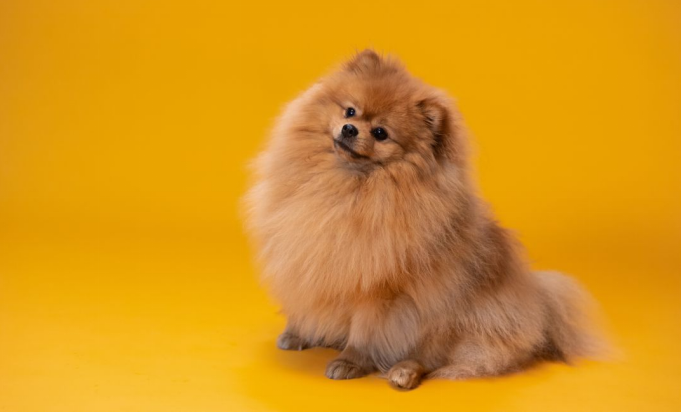
You know that moment when your 4-pound Chihuahua tries to boss around a Great Dane at the dog park? Size means absolutely nothing when personality enters the chat. These pocket-sized powerhouses? They pack more attitude per pound than any other dogs walking this planet.
Here's what most people get wrong, though — caring for tiny breeds isn't just regular dog care scaled down. Their lightning-fast metabolisms, those weirdly specific social needs... these miniature companions basically wrote their own rulebook.
What we're breaking down:
● Size specs and personality profiles for the top 3 tiniest breeds (spoiler: one definitely thinks it's a wolf)
● Health quirks and care hacks that'll add years to your small dog's life
● Feeding schedules and portion control — because hypoglycemia and weight issues aren't cute
Keep reading if you want the real scoop on raising these tiny titans. What do they lack in size? They make up for it in very, very specific needs.

The Chihuahua owns the crown for the smallest dog breed on record. But those 2–6 pounds? Don’t get it twisted. These little dogs walk like they’re packing 200 pounds of muscle, and honestly, their attitude makes the math feel right.
Two distinct varieties of Chihuahuas exist, and each affects their overall appearance, grooming needs, the whole deal.
Coat Types:
● Smooth Coat – Short, glossy fur sitting close to the body
● Long Coat – Soft, flat or slightly wavy hair, feathering on ears and tail
● Both types shed year-round (spring and fall? Prepare for fur tumbleweeds.
|
Physical Characteristics |
Range/Details |
|
Weight |
2-6 pounds (ideal: 3-4 pounds) |
|
Height |
5-8 inches at the shoulder |
|
Life Span |
14-18 years |
|
Head Shape |
Apple head or deer head |
|
Colors |
30+ recognized combinations |
These dogs? They bond intensely with one, maybe two people. Portable shadows, really. They'll follow you room to room, demanding lap time the second your butt hits a chair. This loyalty comes packaged with sass, though — Chihuahuas won't hesitate to tell off dogs ten times their size.
The confidence creates... interesting dynamics. Your 4-pound warrior will attempt to guard the entire house. Barking at leaves, delivery trucks, and clouds that look suspicious. Training helps channel this protective streak into something you can actually manage.
Behavioral Traits to Expect:
● Shaking constantly (excitement, cold, anxiety — rarely actual fear)
● Resource guarding with toys and food
● Selective friendliness with strangers
● Cat-like agility, love of high perches
Small size creates specific vulnerabilities. You need to monitor these daily, no exceptions.
Hypoglycemia hits Chihuahuas hard — especially puppies under 4 months. Those tiny bodies? They burn through energy reserves at warp speed. Lethargy, confusion, wobbly walking... these signal dropping blood sugar, needing immediate attention.
Common Health Concerns:
● Luxating patella – Kneecaps slipping out of place
● Dental disease – Crowded teeth in tiny mouths trap bacteria like crazy
● Tracheal collapse – Weakened windpipe, honking cough
● Molera – Soft spot on skull (sometimes never fully closes)
Temperature regulation? Another challenge entirely. Below 60°F, most Chihuahuas need sweaters. Minimal body fat, high surface-area-to-volume ratio — they lose heat rapidly. Summer brings opposite problems. These dogs overheat quickly in direct sunlight.
Chihuahuas need 40 calories per pound of body weight daily. Four-pound dog? That's only 160 calories — about half a cup of quality kibble, split between meals.
Adult Chihuahuas eat twice daily. Puppies? They need 3-4 smaller meals to maintain stable blood sugar. Choose kibble sized for toy breeds (prevents choking). Wet food works well for seniors, dogs with dental issues.
Portion Control Matters
One extra treat and a Chihuahua’s daily calorie balance goes sideways. Yes, the pleading eyes never quit — but extra weight wrecks joints, breathing, and even lifespan. Portions? Measure every time — eyeballing will betray you.
Smart Feeding Schedule:
● Morning (7–8 AM): Half daily portion
● Evening (5–6 PM): Remaining half
● Treats: Max 10% of daily calories
● Fresh water: Always available, swap twice daily
Skip free-feeding completely. Chihuahuas graze themselves into obesity when food sits out all day. Plus, scheduled feeding helps with potty training — you'll know exactly when bathroom breaks happen.
Pro tip: Puzzle feeders slow down fast eaters, provide mental stimulation. Your Chihuahua's meals become 10-minute brain games instead of 30-second inhaling sessions. Prevents bloating, making mealtime more satisfying for these smart little dogs.

Yorkshire Terriers pack big-dog energy into that 4-7 pound frame. Their silky coats? Makes them look like they just left some luxury spa. But underneath that glamorous exterior beats the heart of a working terrier. These dogs once hunted rats in textile mills — seriously.
That floor-length coat in dog shows? Most Yorkie owners go for practical puppy cuts, keeping hair manageable, eyes actually visible.
|
Yorkie Specifications |
Details |
|
Weight |
4-7 pounds (show standard: max 7 pounds) |
|
Height |
7-9 inches at the shoulder |
|
Coat Color |
Born black and tan, develops steel blue and gold |
|
Hair Type |
Single coat, human-like texture |
|
Life Expectancy |
13-16 years |
Grooming Requirements:
● Daily brushing (painful mats form fast)
● Professional grooming every 6-8 weeks
● Regular eye cleaning — tear staining is common
● Weekly teeth brushing (small mouths equal dental problems)
Yorkies have no clue they’re small. None. They’ll chase squirrels, taunt German Shepherds, and guard your yard like it’s their full-time gig. Terrier DNA runs hot — expect grit, stubborn streaks, and the classic I didn’t hear you act when called.
They form fierce family attachments but stay suspicious of strangers. Early socialization prevents wariness from becoming yappy aggression. Without proper boundaries? Yorkies develop small dog syndrome — ruling households through barking, demanding behavior.
Classic Yorkie Behaviors:
● Prey drives toward small animals
● Alert barking at every. single. sound.
● Burrowing under blankets
● Shadow follows their favorite person
These tiny terriers face several breed-specific health challenges. Proactive monitoring isn't optional.
Portosystemic Shunt (Liver Shunt) affects blood flow, causing toxins to bypass the liver. Watch for poor growth, disorientation, and seizures. Surgery corrects severe cases; special diets manage mild ones.
Priority Health Concerns:
● Collapsed trachea – Honking cough when excited
● Legg-Perthes disease – Hip joint deterioration
● Progressive retinal atrophy – Gradual vision loss
● Hypoglycemia – Especially in puppies under 5 pounds
Yorkies' delicate bones break easily. Jumping from furniture, rough play with larger dogs, often ends in fractures. Use pet stairs for bed and couch access. Supervise interactions with bigger pets.
Adult Yorkies do best on 150–200 calories a day, split between morning and evening. Their metabolism runs quickly, stomachs stay small — big meals or long gaps don’t work. Go with high-protein toy-breed kibble: tiny pieces, calorie-dense. Picky eater? Stir in a teaspoon of wet food or bone broth — it usually does the trick.
Feeding guidelines:
● Puppies (8 weeks–6 months): 3–4 meals daily
● Adults (6+ months): 2 meals daily
● Seniors (10+ years): May need softer food
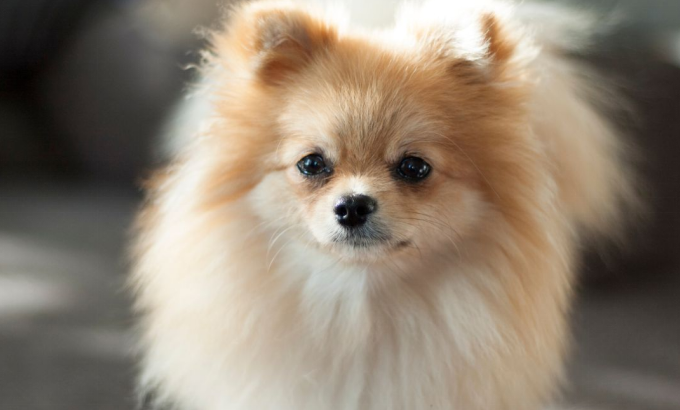
Pomeranians look like animated cotton balls with legs. These 3-7 pound fluffballs? They descended from sled dogs weighing 30 pounds. That Arctic heritage explains the thick double coat — and their belief they're still large enough to pull sleds.
That magnificent puff of fur requires serious maintenance. Pomeranians sport dense undercoat topped with longer guard hairs standing out from bodies, creating that signature spherical silhouette.
|
Pomeranian Specs |
Details |
|
Weight |
3-7 pounds (ideal: 4-6 pounds) |
|
Height |
6-7 inches at the shoulder |
|
Coat Colors |
23 recognized varieties |
|
Shedding Level |
Heavy, year-round |
|
Life Span |
12-16 years |
Grooming Essentials:
● Brushing 3-4 times weekly (daily during shedding season)
● Professional grooming every 6-8 weeks
● Regular trimming around paws, sanitary areas
● Line brushing technique — prevents hidden mats
The infamous Pom uglies strike between 4-10 months. Puppies shed their baby coat, and your fluffy puppy? Temporarily resembles a patchy, scraggly mess. Adult coat grows back fuller, more glorious by their first birthday.
Pomeranians operate at two speeds: full throttle or completely crashed. These dogs bounce around like caffeinated ping-pong balls. Then collapse for power naps. Energy comes in bursts — perfect for apartment living despite all that enthusiasm.
Natural performers, they love being the center of attention. Your Pom learns tricks quickly (especially if treats and praise follow). This intelligence paired with stubbornness? Creates training challenges. They understand commands but decide whether obeying suits them.
Typical Pom Behaviors:
● Spinning circles when excited
● Alert barking (at everything)
● Fearless confrontation with larger dogs
● Attention-seeking antics
● Strong preference for one family member
Pomeranians face several size-related health issues. Vigilant observation required. Luxating Patella tops the concern list. Kneecaps slip out of position, causing sudden limping, skipping steps. Mild cases need weight management, joint supplements. Severe ones? Surgery.
Watch For These Conditions:
● Tracheal collapse – Chronic honking cough
● Alopecia X – Unexplained hair loss (cosmetic issue)
● Dental disease – Retained baby teeth are common
● Hypoglycemia – Low blood sugar in puppies
Temperature sensitivity affects Pomeranians despite their fluffy coats. Small bodies lose heat quickly in winter; thick fur causes overheating in summer. Many owners give their Poms lion cuts or teddy bear cuts for warm-weather comfort.
Adult Pomeranians need roughly 1/4 to 1/2 cup high-quality dry food daily, divided into two meals. Exact needs depend on activity level, age, and metabolism. Active Poms burn calories faster than couch-potato varieties.
Food quality matters more than quantity for these tiny eaters. Premium kibble designed for toy breeds provides concentrated nutrition in small, manageable pieces. Avoid foods with fillers — every bite needs to be counted nutritionally when portions stay this small.
Managing meal times for small dogs requires precision, going beyond scooping kibble into bowls. Those exact portion sizes we discussed? One extra tablespoon means 20% calorie overload for a 4-pound Chihuahua.
Small breed owners face unique challenges that standard feeding methods can't solve. Your Yorkie needs meals at exact intervals, preventing hypoglycemia. Your Pomeranian scarf s food too quickly, causing digestive upset. Your Chihuahua begs constantly — makes you second-guess portion sizes.
Manual feeding also means racing home for dinner time. Or asking neighbors for help during long workdays. Miss a meal? Your tiny dog's blood sugar crashes. Free-feeding leads to obesity, but strict schedules feel impossible to maintain.
Smart feeders change the game for small breed care. The WOpet’s Pioneer Plus WiFi Automatic Pet Feeder with Camera? Handles the precision these tiny dogs need.
Key Features for Small Breeds:
● Portion control down to 1/12 cup – Perfect for those 1/4 cup Pomeranian meals
● Up to 6 meals daily – Supports frequent feeding schedules puppies require
● HD camera with night vision – Monitor eating habits, catch food aggression early
● Two-way audio – Call your Yorkie to meals when they're distracted
● App control – Adjust portions instantly when weight changes
The real game-changer? Consistency. Your Chihuahua gets breakfast at 7 AM sharp. Home or traveling, it doesn't matter. Built-in camera lets you verify they're actually eating (not just pushing food around). Voice recorder plays your dinner time message, establishes routine.
Multi-pet homes? Scheduled feeding prevents your Pomeranian from stealing the cat's food. Slow-feed option helps fast eaters pace themselves — reduces bloat risk, improves digestion.
Setting up takes minutes through the WOpet Life app. Program feeding schedule once. Let technology handle twice-daily precision for your small breed needs. No more guilt about late meetings. No more weekend wake-ups for breakfast duty.
You've got the blueprint for raising these pocket-sized powerhouses. Each breed brings personality quirks, care requirements — but they all share one thing. The need for precise, consistent feeding to prevent health issues, maintain tiny metabolisms.
The small breed essentials:
● Chihuahuas need 40 calories per pound, split into two meals to prevent hypoglycemia
● Yorkies thrive on 150-200 calories daily with high-protein kibble sized for tiny mouths
● Pomeranians require 1/4 to 1/2 cup portions matching burst-and-crash energy patterns
● All three breeds benefit from scheduled feeding versus free-feeding, preventing obesity
Smart feeders like WOpet make portion control automatic. No more eyeballing that 1/4 cup, racing home for dinner time. Technology handles the precision while you handle the cuddles.
Label:
Popular Post

What to Feed a Sick Dog With No Appetite? [2025 Guide]
May 16, 2023
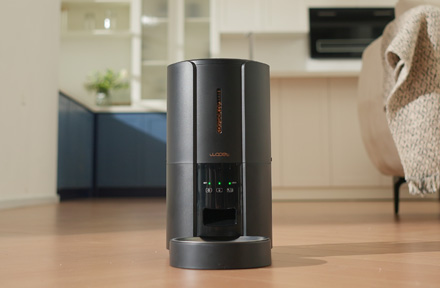
Troubleshooting Common Issues with Automatic Pet Feeders: Tips & Tricks for Pet Owners
Oct 26, 2023
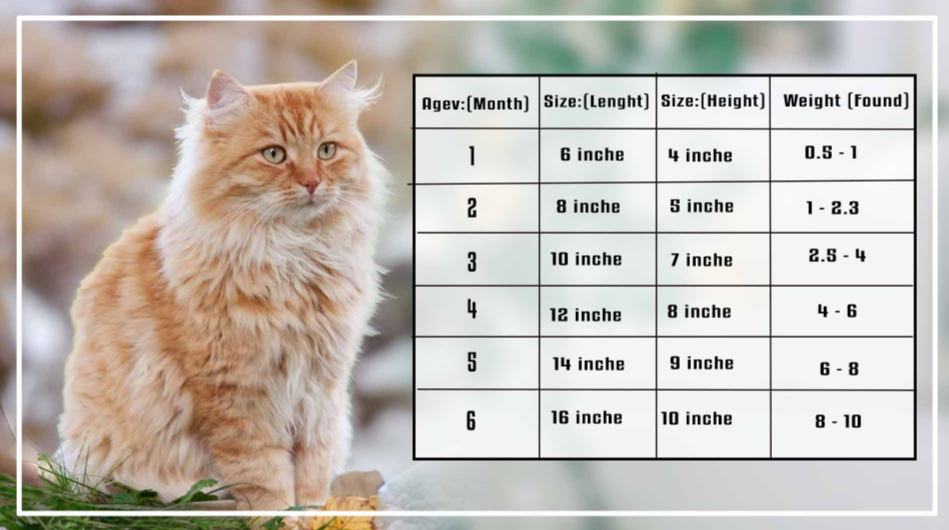
What is a standard Cat Weight chart by age Kg?
Mar 19, 2025
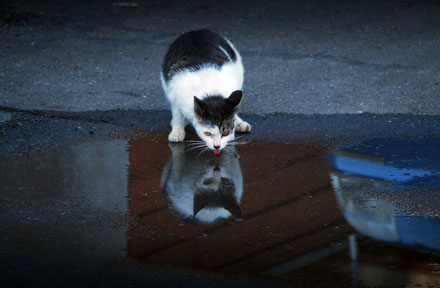
Why Does My Cat Cough After Drinking Water? 8 Potential Reasons
Mar 13, 2023
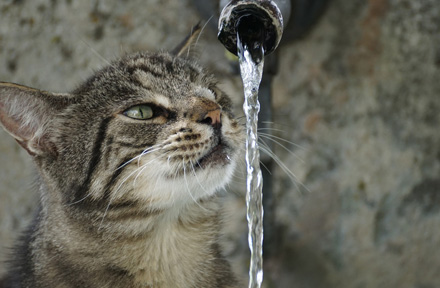
Why is My Cat Throwing up Water? Top 5 Causes Here
Feb 08, 2023
$109.99
$129.99
Copyright © 2025 WOPET. All Rights Reserved.